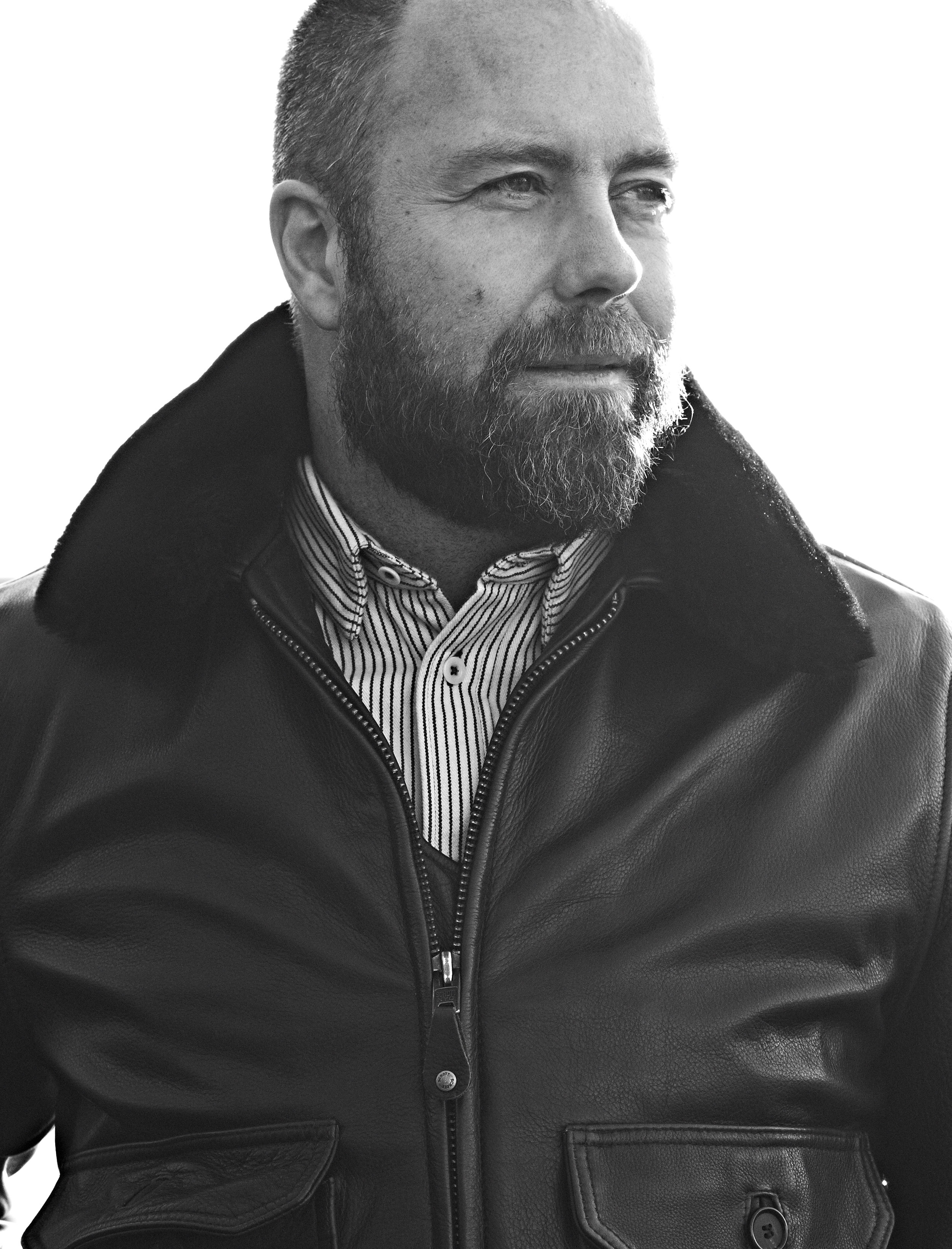K.O.I is sold in ten different countries. Do bestsellers vary greatly depending on country?
I’d say people are more experimental in countries such as the UK and Sweden, where we’ve noticed a gravitation towards looser fits. People tend to be a bit more conservative in Germany, where the skinny still rule, while we’re seeing something in between in Holland.
Who’s the K.O.I customer, apart from being green? And what’s the balance between men and women’s sales?
We’re a democratic brand – we don’t design for young, rich or cool in particular. Anyone can find a pair of jeans in our collections. As for the male and female divide, it’s pretty even, though there’s been a 5% increase in women’s sales lately as so much is happening on the women’s side in terms of denim RTW and jeans trends in general.
You’ve amassed 330 stockists. What do you look for in retail partners?
It’s a diverse mix of stores, ranging from little multibrand indies to niche eco stores and large department stores, from mid market to the higher end of the spectrum. The key criterion is that they must understand the brand and its values, and hopefully being able to convey these to the consumer.
You’re planning your first standalone store. What can we expect?
It’ll open next year or possibly in spring 2018. We’re currently looking for a location but the concept is clear – it’ll be built in a completely sustainable way and we’ll offer our own ranges as well as a mix of product from other brands. They’ll either have to share our sustainable values or offer products in high enough quality to last for a long time, which promotes sustainability in itself.
How important is your e-shop?
Online shop is getting more and important, not that that it is taking over completely but more and more people buy online. I think it’s essential to sell both via physical retail and online. Consumers will get good advice in stores while you’re able to communicate specific brand stories online in a way that is very targeted.



